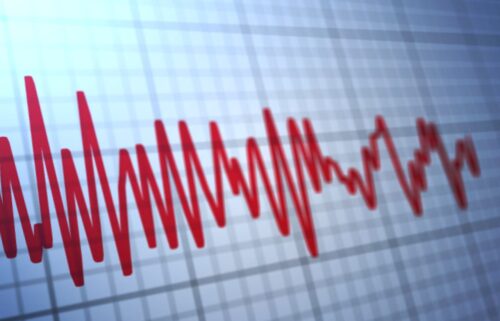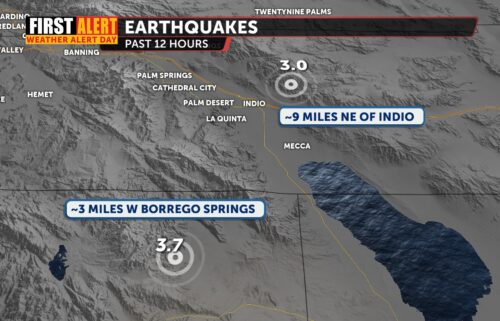Emergency Water Basics
Sponsored Content
Why do I need an emergency water supply?
As most of us enjoy a reliable supply of clean and affordable water, we find ourselves surprised and vulnerable when that supply is disrupted. Water disruptions don’t typically occur in a vacuum — they are a symptom of a larger emergency such as an earthquake, hurricane, flood, or other regional event. You need to store emergency water because you can’t survive without it, and also because you need to focus your time and attention on the many other challenges of this disaster. You don’t have time to procure water every three hours, and you don’t want to compete for the last crate of bottled water on the market shelf. All the water you need is sitting in your faucet right now – so let’s go get it.
How much water do I need?
FEMA recommends one gallon of water per person per day. Half of that daily gallon is for drinking and the other half is for all other purposes, including cooking and basic hygiene. The missing part of that equation is how many days you’re preparing for. Some states recommend a specific number while others are as vague as FEMA. Fourteen days is beginning to emerge as the new normal, which means 14 gallons per person. Is this a lot of water? Yes. Is it too much? There’s no such thing.
Be sure to calculate your pets into the equation. The general rule is one gallon of water per 100 pounds per day. Your 100-pound sheep dog needs one gallon of water per day, your 2000-pound horse needs 20 gallons per day, and your 10-pound cat might last a whole week on a gallon.
Where should I store my water?
Choose a place that is cool and dark. Less sunlight means less strain on your water container, and less heat means less opportunity for the growth of bacteria and other potentially harmful pathogens inside. Also be sure to choose a place that will be accessible in the aftermath of the disaster event, and one where your supply will not likely be damaged. For example, if you live in an earthquake zone, don’t store your water in the basement. If your home shifts off the foundation during the event, you may not be able to safely go downstairs.
How often should I change out my water?
Best practice is to empty and refill your water containers every six months to a year. Don’t let that water go to waste! Water your plants and refill your animals’ bowls. If you’re the organized type, you might find a rhythm of changing out just a couple containers every month rather than all of them at the same time.
Can't I just buy the water I need?
There are purchased water options that have 5, 20 and even 50-year shelf lives. If evacuation isn’t an annual occurrence for you, it’s better to purchase long shelf-life emergency water than the water you see at the grocery store. The issue with your average bottle of water is that the container is a low-grade plastic not designed to last for years on end. Water itself is eternal – it’s the plastic that breaks down over time, which is why you will find an expiration date on any water that you buy at the store. The most cost-effective and user-friendly option for most people is to store tap water in a container deliberately designed for long-term storage. This is especially the case for households of three or more people.
To learn more about Emergency Water Basics, click here.



